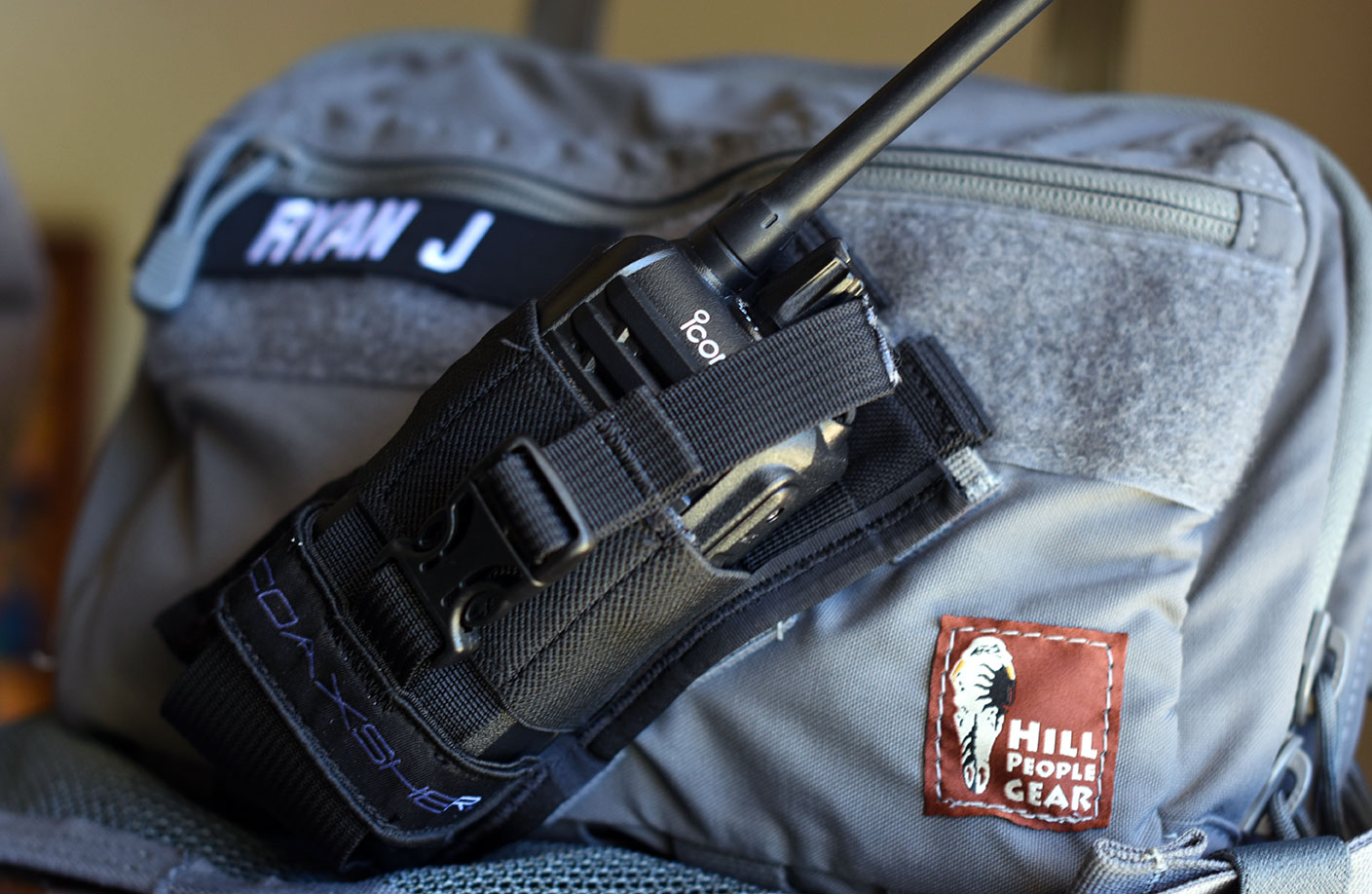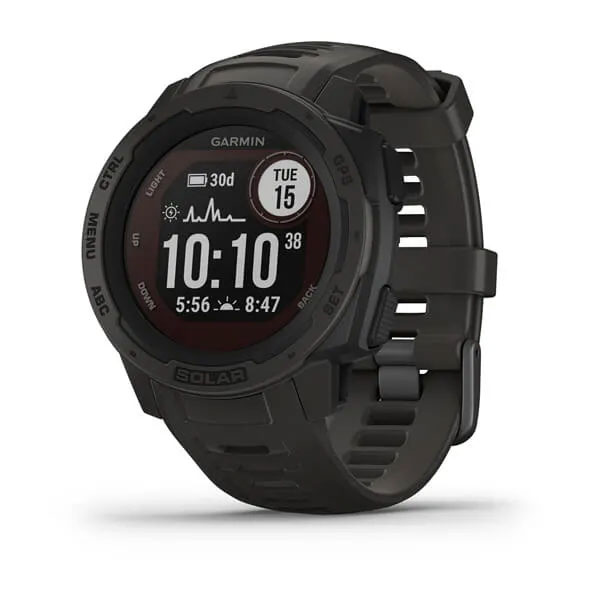Search and rescue: gear changes
I’ve been making a lot of changes to my main search and rescue kit lately. Either because of changes to our required gear, or on account of finding better options (especially following my shoulder surgery), I’m slowly replacing or supplementing most of my main kit.
Chest kit bag
The biggest change I’ve made in the past few weeks is to my chest harness, or kit bag. If you read my original SAR gear post, you’ll recall that I originally had the Coaxsher MOLLE chest harness, which worked fine before my shoulder surgery. After my surgery, though, the relatively thin harness straps dug into my shoulder precisely in the most uncomfortable places. On long missions, it was at the very least distracting, but more often mildly painful.


So I’ve switched to the Hill People Gear SAR Kit Bag, mostly for the wider shoulder straps that disperse the weight of the bag over a larger surface area, and consequently take pressure off of my shoulder in key areas. It also has webbing on the back that more comfortably distributes the weight of the bag across the back. And since the SAR Kit Bag has PALS attachments inside and out, I can still use the MOLLE accessories I had for the previous chest rig.
Hill People Gear bags are designed and marketed for firearm carry, but I don’t carry a firearm on search and rescue missions. Honestly, carrying a firearm on SAR missions seems like a terrible idea to me, but I know others on the team do. As a result, I have a third compartment, designed for a handgun, that I use for map storage.
GPS watch
The other notable change I made is to my GPS watch. My original SAR watch was the Suunto Ambit3 Peak, for which I got an amazing deal back in 2020. My biggest problem with that watch is that it is massive. I mean, “can’t put on a backpack without accidentally hitting buttons on the watch” massive. It’s so big, I have sleeves that won’t go over it. I don’t love wearing watches in the first place, so one that makes its presence so intrusively obvious wasn’t ideal. (I did keep this watch, and it still works perfectly, so I’ll probably continue to use it on my bike handlebars or for some other purpose.)


My new watch, the Garmin Instinct Solar, has other advantages beyond its smaller size. As the name implies, it charges itself via solar on the watch interface. It also connects to my Garmin InReach (which I always carry on SAR missions), and allows me to control the InReach from my watch. The sheriff’s office our SAR team reports to prefers data from Garmin devices, so it’s useful for that purpose as well. And it’s routinely rated as the best overall GPS watch you can find.
Gear changes
I’ve learned a lot in the year since I joined search and rescue, but one inescapable fact is that gear turnover is going to be thing. Whether on account of changing team requirements, preferences, comfort, or wear, gear changes seem like a permanent part of SAR.